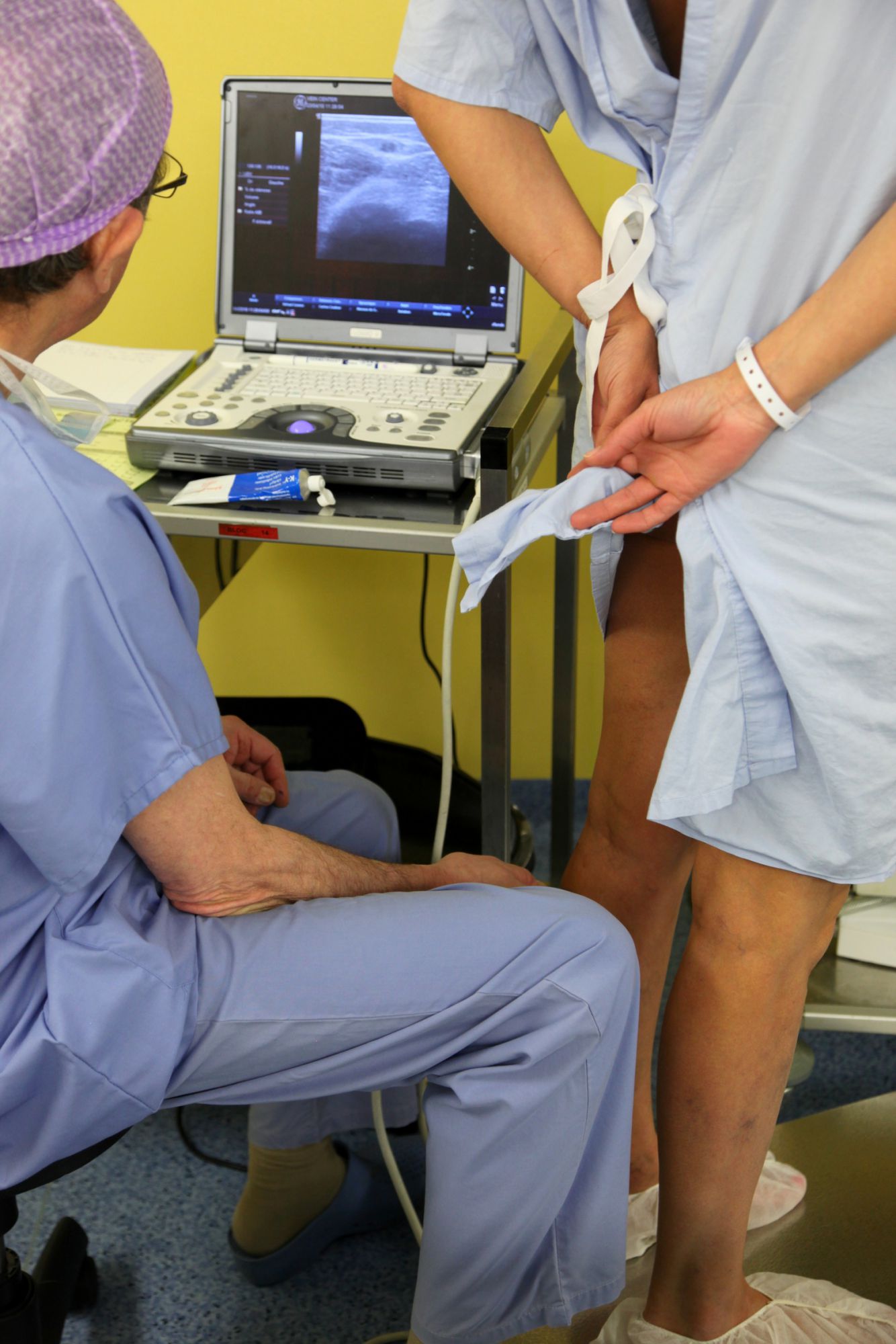-
 Platinoids
Platinoids
-
 Mumps
Mumps
-
 Usenet
Usenet
-
 Saproxlyic
Saproxlyic
-
 Americium
Americium
-
 Enterprise
Enterprise
-
 Trackback
Trackback
-
 Carding
Carding
-
 Petiole
Petiole
-
 Gastritis
Gastritis
-
 Homeotic gene
Homeotic gene
-
 Gauss constant
Gauss constant
-
 Planetary aberration
Planetary aberration
-
 Electroencephalograph
Electroencephalograph
-
 Keplerian motion
Keplerian motion
-
 Corti cell
Corti cell
-
 Thermal insulation
Thermal insulation
-
 Catalyst
Catalyst
-
 M48
M48
-
 Glioma
Glioma
-
 Cyanosis
Cyanosis
-
 Galaxy
Galaxy
-
 Ketose
Ketose
-
 Coma
Coma
-
 Climber
Climber
-
 SMS
SMS
-
 Mars Global Surveyor
Mars Global Surveyor
-
 Lyman-alpha forest
Lyman-alpha forest
-
 Coverts
Coverts
-
 Bonding
Bonding
Doppler
The Doppler investigation is used to study blood flow in arteries and veins. It also provides information about the vascular flow and good vascularisation of different organs. It is either performed by an angiologist or radiologist in a hospital or in a private centre.
Doppler investigation - the process
"The Doppler effect" was first described by an Austrian physician, Christian Doppler. In particular, it forms the basis of the way radars operate. In haemodynamics it is used to analyse the speed of blood flow. It is a particularly useful in patients with cardiovascular risk factors (smoking, diabetes, hypertension or high cholesterol) as it shows the actual age of the patient's arteries. It can also identify clots (for example in venous thrombosis), stenosis, or abnormal dilatation of arteries.
The investigation process
The Doppler uses ultrasound. It works on the same principle as ultrasound, with which it is often combined. There is no need for specific preparation, anaesthesia, or hospitalisation. An ultrasound emitting probe is applied to the region being examined and is used to visualise all of the arteries in a few minutes.
Possible risks of a Doppler investigation
A Doppler is a non-invasive investigation. It is an atraumatic, painless investigation. It can be performed at any age. It also has no contraindications.
Sources:
- Société française d'angiologie, consulted on 25 October 2010 ;
- Besançon University Hospital, consulted on 7 January 2010.
 Doppler can show varicose veins for example © Cyril Comtat
Doppler can show varicose veins for example © Cyril Comtat
Latest
Fill out my online form.



